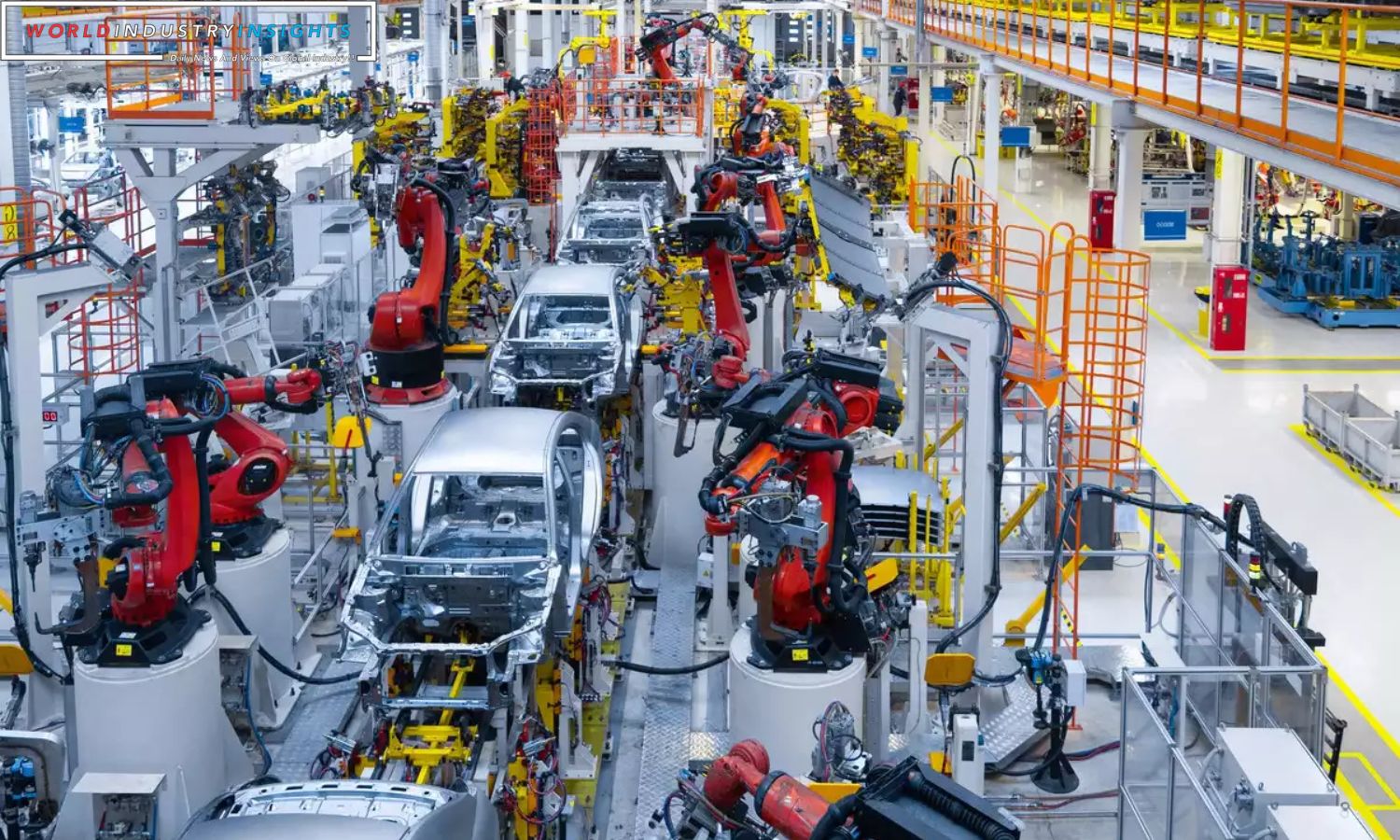Auto Industry in Turmoil: In a bold and surprising move, the United Auto Workers (UAW) set up the sudden closing of Ford’s biggest production plant in the world. This planned escalation is part of the union’s four-week strike against the big names in Detroit’s car industry. The strike’s goal is to stop the production of high-yield pickup trucks.
The UAW says that 8,700 union members at Ford’s truck plant in Kentucky went on strike because they thought the company wouldn’t move forward with contract talks. The union wants higher wages, the end of a two-tier pay structure, and the union’s power to be expanded to include all battery operations in the sector. This is despite automakers agreeing to three times the original wage increases and raises that take inflation into account.
UAW President Shawn Fain’s move to shut down production lines for the Ford Super Duty pickup trucks, Lincoln Navigator, and Ford Expedition SUVs has greatly damaged Ford’s finances. The Kentucky truck plant brings in a lot of moneyabout a sixth of the company’s $25 billion a year in global car earnings. So, Ford’s stock went down 2% after normal trading hours, but it only went up 0.4% during regular trading hours.
A Ford representative said that Fain and other UAW representatives called Ford to a meeting in the evening and asked for a new offer, which the car company did not make. “You just lost Kentucky Truck,” Fain said in a sharp voice that echoed around the meeting room, making it clear how unhappy the union was.
Ford’s reaction said that the UAW’s decision was “grossly irresponsible” but not surprising because it was part of the union’s plan to cause “industrial chaos” and “reputational damage” to keep the Detroit Three vulnerable for a long time.
Publicly available reports say that General Motors and Stellantis’ pay rates are lower than Ford’s. This stoppage not only hurts Ford’s ability to make money, but it also sends a message to them.
Fain talked about how the union was ready to use its power to shake up the car industry and hinted at a possible strike at GM’s Arlington, Texas plant, which makes high-end SUVs. Stellantis could become the next front in this labor war because it wants to take over plants that make a lot of money, like those that make Jeep SUVs and Ram pickup trucks.
Ford is said to have raised their proposed wage rise to an unbelievable 23% until early 2028. Taking into account cost-of-living adjustments, this could mean an increase of about 30%, which Fain calls “uncharted territory.” The union got the same offer on Wednesday, even though they were hoping Ford would make them a better deal.
Fain stuck to his unusual approach and decided to call for walkouts every Friday through video speeches, which threw off the rhythm of the Detroit Three. This happened while the company and UAW bargainers tried to reach an agreement on issues like retirement security and union participation at future battery plants.
Even though the situation seems very bad, only 22% of the 150,000 UAW workers at the Detroit Three are currently on strike. The effects, however, are felt far beyond the production lines, as thousands more workers are let go because their jobs are no longer needed.
The sudden closing of the Kentucky plant has an effect on many suppliers, and it’s possible that a dozen other Ford plants that supply parts to the affected facility will have to lay off workers. Harley Shaiken, a labor professor at the University of California, Berkeley, says that this is a huge step into uncharted ground for both the union and Ford.
The UAW is ready to use expected big earnings to their advantage in their search for a better deal. Stellantis and the UAW are still negotiating, and Detroit automakers are getting ready to share their third-quarter financial numbers. The long strike adds an element of uncertainty and throws a shadow over the auto scene in Detroit. This is all part of a planned dance of power dynamics.
Our Reader’s Queries
Is the auto industry in trouble?
Despite three years of challenges, the automotive industry is still grappling with getting back on track. The Covid-19 pandemic led to shutdowns, which then gave way to semiconductor shortages. These issues have spread globally, causing supply-chain and transportation problems. The industry is still struggling to overcome these obstacles.
Is there still a car shortage 2023?
Despite the challenges posed by the pandemic, automakers and suppliers have managed to adapt to the current environment, resulting in improved production in 2023. Additionally, the availability of more inventory has led to an uptick in sales. However, it’s worth noting that the pre-pandemic goal of achieving a 100-million global vehicle production year has been pushed back by a decade, as per S&P Global Mobility analysis.
Why is the car industry so bad right now?
Car factories across the country had to slow down or even halt production for months due to the anticipated drop in demand caused by reduced driving. However, as the economy began to recover and government programs infused new money into it, the demand for new cars picked up. Unfortunately, a global microchip shortage has kept production low, causing further delays in the industry.
Why is the automobile industry in decline?
Car sales took a hit in 2022 due to supply chain problems, a scarcity of vital semiconductor chips, high interest rates, and low inventory. As a result, only 13.7 million vehicles were sold, marking an 8% decline from the previous year and the lowest sales figure since 2011, as per Wards Intelligence.


